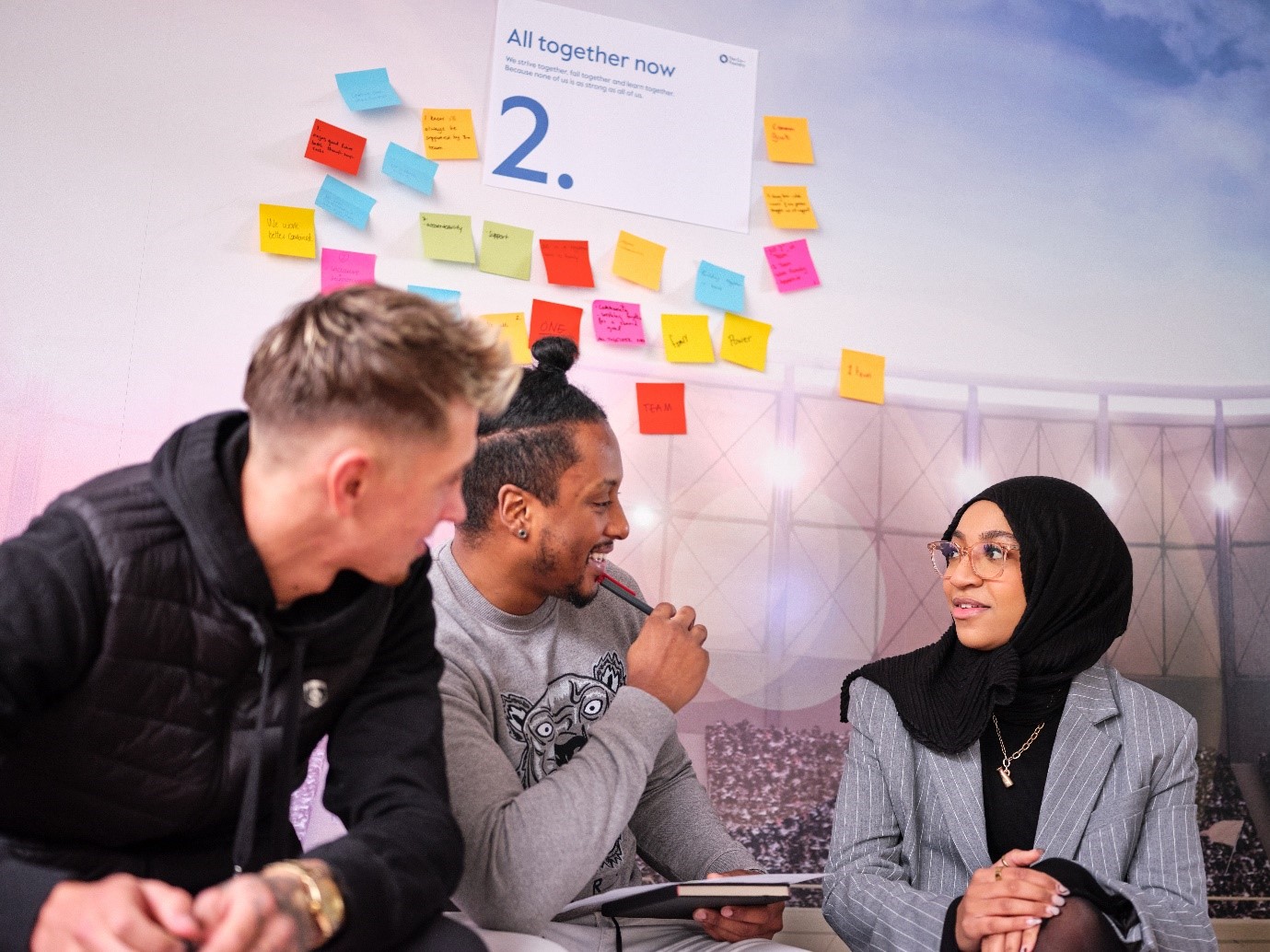Background
Teams in Flow recognises the vital importance of good interactive skill is based on the following very simple pieces of logic.
- In organisations it is people that produce performance
- It is what people do (as opposed to what they know or how they feel) that ultimately makes the difference.
- In the age of knowledge work, value is rarely created by individuals in glorious isolation; it is teams and collaboration within and between groups that are the “engine rooms” of productivity.
- In order to be greater than the “sum of the parts”, a key enabler of groups and teams is the ability to interact in conversation in a generative and effective way.
The vast majority of us go through life without being conscious of our conversational behaviour, and precious few of us are lucky enough to have the “safe space” and opportunity to objectively work on it as a skill.
What is its purpose?
The purpose of Teams in Flow (TiF) is to raise awareness of the personal and collective conversational behaviours that exist and through feedback of objective data, promoting enhanced awareness and vastly improved skill.
Why might you invest in it?
Once learned, participant’s often say, “everyone should have these skills” or “I wish I had this years ago”; they are truly foundational. Many people report that without the skill, teams are only able to achieve only a fraction of their true collective potential. With the skill this changes dramatically.
While the main target group is that of management, from first line supervisors to senior executives, Teams in Flow produces more widespread benefits. By definition, the new style is practised and applied between participants in the training but also with all others with whom they interact at work.
As the new conversational style tends to be reflected by others, there are immediate positive consequences in terms of other employees’ involvement in, and engagement with the business. The quality of decision-making is improved, as is the effectiveness of planning and execution of changes to improve performance.
When might you use it?
Any of the following might be a signal that Teams in Flow would be beneficial to a team or organisation:
- Before embarking on a significant challenge or change
- When the psychological safety in team / group settings is low
- Where the “HiPPO” effect is prevalent[i]
- Ineffective team-working
- Circular conversations & inability to reach group decisions that all can buy into
- Lack of idea generation and innovation
- Presence of unhelpful conflict
- People not feeling valued or understood.
[i] HiPPO referring to Highest Paid Person’s Opinion dominates
How does it work?
The intervention works best with “real” teams in organisations, i.e., groups of people who frequently come together to make decisions or generate output collectively. VitalOrg facilitators promote a conversation about a decision / challenge / opportunity that is important and relevant to the team at the time. Using the Teams in Flow model, the facilitators observe and record each and every exchange into one of eleven categories. The facilitators then offer feedback to the group in the form of “count data” of each of the behaviour categories.
Participants quickly appreciate that their unconscious conversational profiles are all similar. The “ideal” blend is then revealed and straight away the participants are given another opportunity to continue the discussion with the vital difference they are now conscious of both the “how” as well as the “what” of their contributions.
The practice and feedback process repeats through several iterations, so participants practice modifying their patterns of behaviour until they closely approach a researched set of ‘ideals’. In all cases, the learning groups apply their new skills while processing real issues, decisions and challenges. Typically, other learning topics are covered as part of the mix. These may include structural skills such as decision-making, problem-solving and idea creation. Generally, there is a blend of skill development and knowledge transfer.
Peer-to-peer feedback develops through the learning process, and this continues after the formal learning process is complete – through colleagues naturally providing feedback to each other, thus a sustained behavioural change is achieved.

